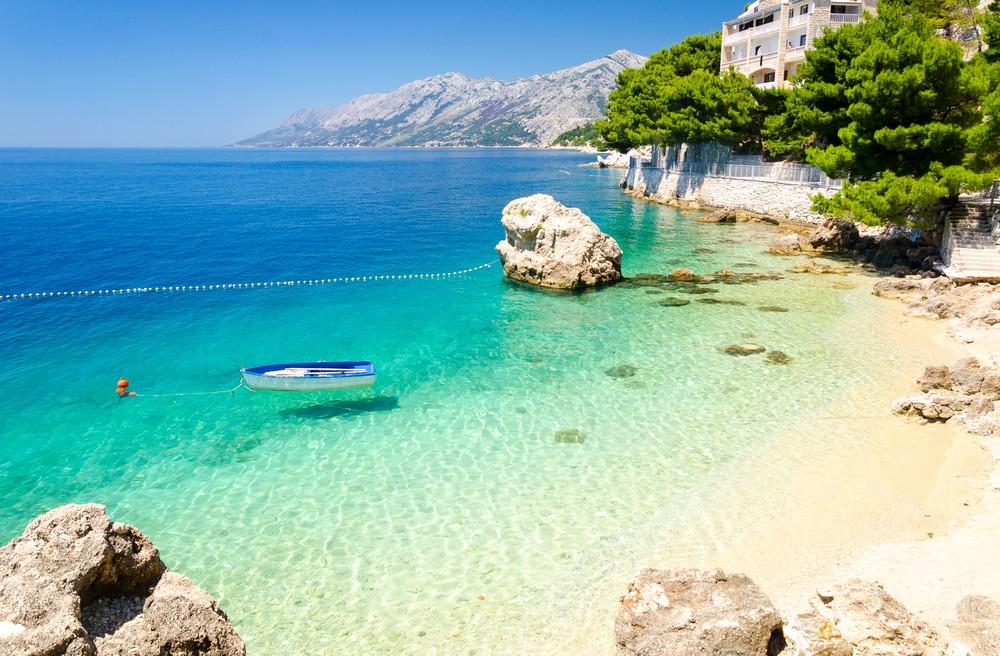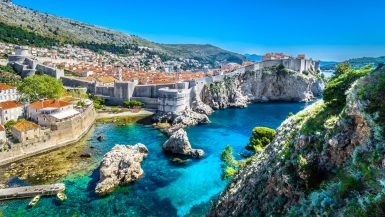When you hear “Croatia”, you probably think of summer, sun and shine. Of course, this is not wrong, after all, the small country on the Adriatic Sea with only 3.8 million inhabitants is one of the most popular travel destinations for Germans. In the record year 2019, shortly before the start of the pandemic, the Central European country was able to record 19.6 million tourists, according to statista .
Most tourists are drawn to the sea – but Croatia has and is more than the sea. The beauty of Croatia includes sacred buildings that are UNESCO World Heritage Sites, forests, rivers, lakes and historic towns.
In this article, we present four cities off the Croatian coast that are worth a trip.
Zagreb
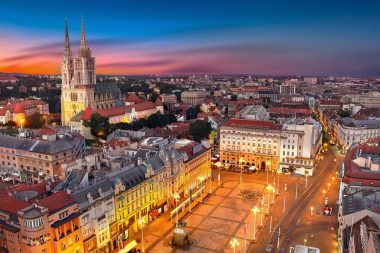
Zagreb is an excellent choice for a weekend getaway. The city is served by Ryanair and other airlines from several German cities. With around 800,000 inhabitants, the capital of Croatia is the economic, political and cultural centre of the country.
Most of the buildings date back to either the Baroque period or the time of the Austro-Hungarian Empire, which had a great influence on Zagreb . Zagreb offers a very cozy atmosphere and is located at the interface between the Balkans and Central Europe due to its geographical position.
Culinary delights get their money’s worth here – the city is characterized by traditional, hearty cuisine with lots of fish and meat. The most popular sights include the Upper Town (Gornji Grad), the “Uspinjaca” cable car and the Zrinjevac Park.
Motovun

Motovun is a small town located in Istria, which is the northwest of the country. It is located on a 277 m high hill in the valley of the Mirna River. The medieval city belonged to the Venetian Republic from the 13th to the 18th century before it fell under the influence of Napoleon.
In the centre of the city, where time seems to have stood still, sits St. Stephen’s Church with its 13th-century bell tower. The city wall, which is even older, offers fantastic views of the Istrian countryside.
Haute cuisine is the order of the day in Motovun – in addition to tastings of wine and olive oil, truffles are the gastronomic highlight.
Imotski
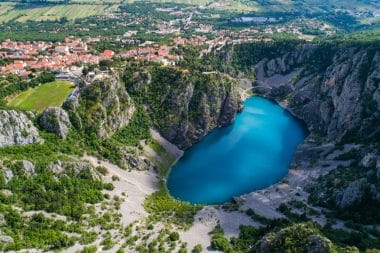
We are heading south – about 100 kilometers from the famous city of Split is Imotski. Imotski is great for a day trip if you are spending your summer vacation in Split, Makarska, or anywhere in between. Imotski, while not spectacular, is an authentic Croatian town that came under Ottoman rule in the 15th century.
Tourists will notice that nature here is already more barren and rugged than in the rest of Croatia. The surrounding area of Imotski is untouched and is home to two geological wonders of the world, which are within walking distance of the centre. These are the Red and Blue Lakes. At a depth of around 530 metres, both are among the deepest collapse sinkholes in the world and are absolutely worth seeing.
Varazdin
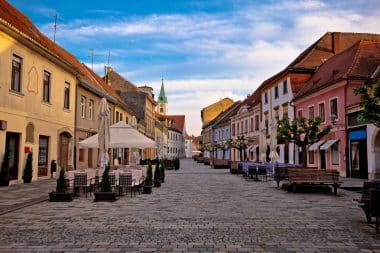
In the northern, continental part of Croatia is the baroque city of Varazdin, which shows the diversity of Croatia in all its glory. The city was the capital of Croatia in the 18th century and is nicknamed “little Vienna” due to its architecture.
The most famous attraction in the city of 50,000 inhabitants is the castle from the 12th century, which is now a museum. It is also worth paying a visit to the Sermage Palace. The historic centre of Varazdin is very well preserved and it is a good idea to stroll through the cobblestone city and enjoy the atmosphere.
Result
Croatia has long since ceased to be an insider tip and has been on everyone’s lips for several years. This is especially true for the Adriatic coast, where prices have also risen in recent years. With a flash loan , such a vacation can be financed more easily. Away from the tourist strongholds on the Adriatic, the prices for accommodation and gastronomy are much lower. Maybe your next trip will take you to the Croatian interior!

